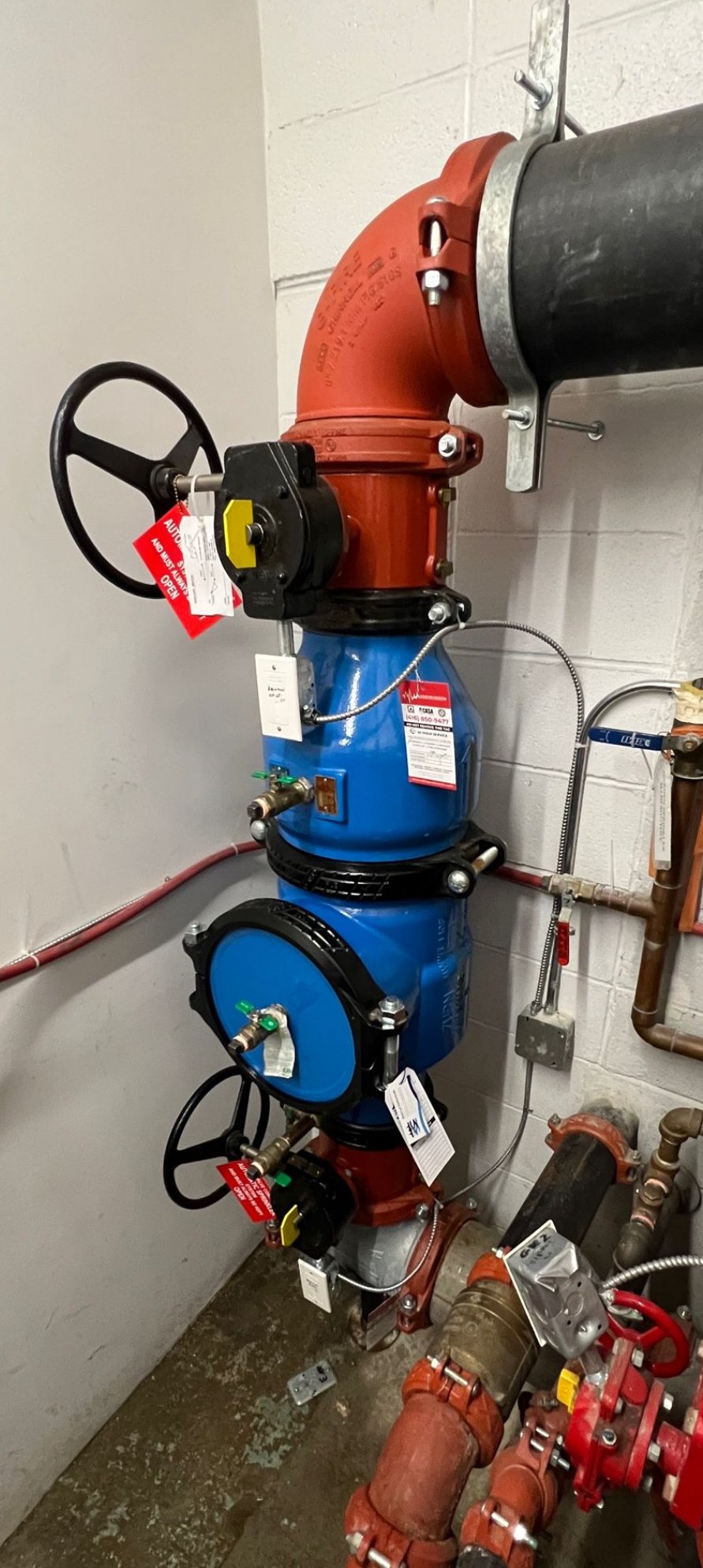Backflow Testing
Annual testing of your backflow device is not just recommended, it’s required to ensure the safety and reliability of our potable water system. Failing to perform this yearly test can lead to device malfunctions, which pose a serious threat to our water supply. At Transparent Backflow Services, we specialize in cross-connection prevention and are committed to helping you meet this important requirement by ensuring your backflow device is thoroughly tested and functioning properly each year.
Steps to a Successful DCVA Backflow Test
-
Step 1: Preparation and Isolation
First, bleed all four test ports on the backflow to remove any debris that could damage the test gauge. Then, close both backflow isolation valves and open the test ports to confirm the backflow valves are holding.
-
Step 2: Testing Procedures
With both backflow isolation valves closed, perform the reverse flow tests on both check valves to confirm they are holding. Next, open the first backflow isolation valve and conduct the pressure differential tests on both check valves to verify the minimum opening pressure across the check valves.
-
Step 3: Final Checks and Documentation
Now that the testing is done, measure the water pressure at the backflow device, tag it with necessary information (location, model, size, date, tester credentials), and submit the testing forms to the local municipality.

